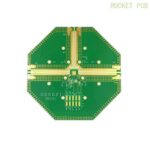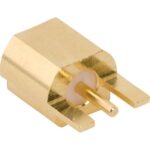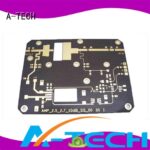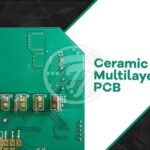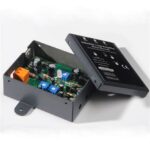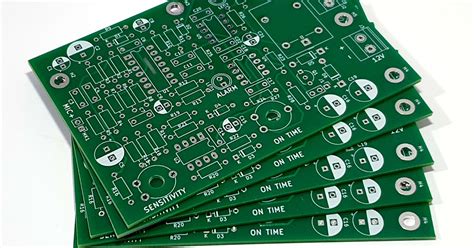
ALL ABOUT FLEX PCB
-
 Read more: How to Design High-Frequency PCBs? 11 Clearest Design Rules
Read more: How to Design High-Frequency PCBs? 11 Clearest Design RulesUnderstanding High-Frequency PCBs Before diving into the design rules, let’s define what we mean by high-frequency PCBs. These are circuit boards that operate at frequencies above 100 MHz, where the wavelength of the signal becomes comparable to the dimensions of the PCB traces. At these frequencies, the behavior of the […]
-
4 Layer PCB manufacturing
Posted by
–
 Read more: 4 Layer PCB manufacturing
Read more: 4 Layer PCB manufacturingWhat is a 4 Layer PCB? A 4 layer PCB, as the name suggests, is a printed circuit board that consists of four conductive layers. These layers are typically arranged in a sandwich-like structure, with two inner layers and two outer layers. The inner layers are primarily used for power […]
-
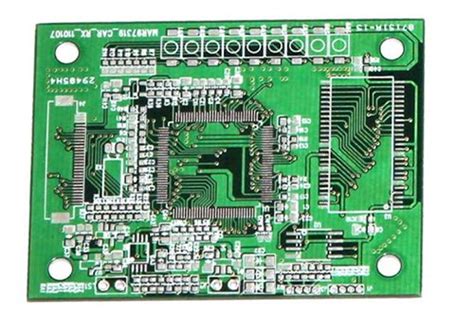 Read more: 6 Layer PCB Manufacturing – How is a 6-layer Circuit Board Made
Read more: 6 Layer PCB Manufacturing – How is a 6-layer Circuit Board MadeWhat is a 6-Layer PCB? A 6-layer PCB (Printed Circuit Board) is a type of multilayer board that consists of six conductive copper layers laminated together with insulating material in between each layer. The six layers are usually arranged in a specific order to optimize signal integrity, power delivery, and […]
-
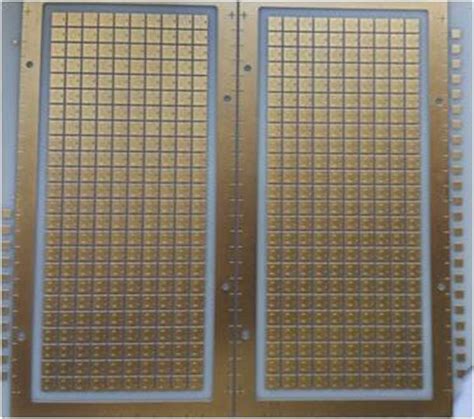 Read more: A Complete Guide to Applications of Aluminum Nitride PCB
Read more: A Complete Guide to Applications of Aluminum Nitride PCBIntroduction to Aluminum Nitride PCB Aluminum Nitride (AlN) is a ceramic material that has been gaining popularity in the electronics industry due to its unique properties. One of the most prominent applications of AlN is in the manufacturing of printed circuit boards (PCBs). Aluminum Nitride PCBs offer several advantages over […]
-
Breadboard Vs PCB: What are the Differences
Posted by
–
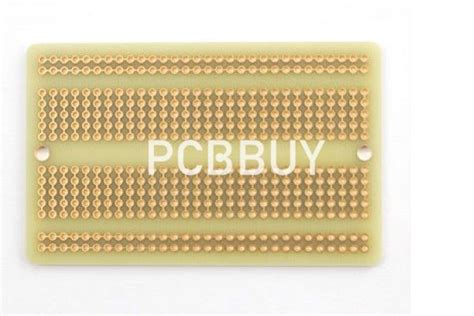 Read more: Breadboard Vs PCB: What are the Differences
Read more: Breadboard Vs PCB: What are the DifferencesWhat is a Breadboard? A breadboard is a reusable prototyping board used for building and testing electronic circuits without the need for soldering. It consists of a plastic board with a grid of holes, into which electronic components and jumper wires can be inserted. The holes are connected internally in […]
-
 Read more: 9 Problems and Solutions with Printed Circuit Boards
Read more: 9 Problems and Solutions with Printed Circuit Boards1. Solder Bridging Solder bridging occurs when excess solder creates an unintended connection between two or more solder pads or traces on a PCB. This can lead to short circuits and malfunctions in the electronic device. Causes of Solder Bridging Incorrect Solder Paste application Improper solder reflow process Poor component […]
-
PCB Prototype Manufacturing Process
Posted by
–
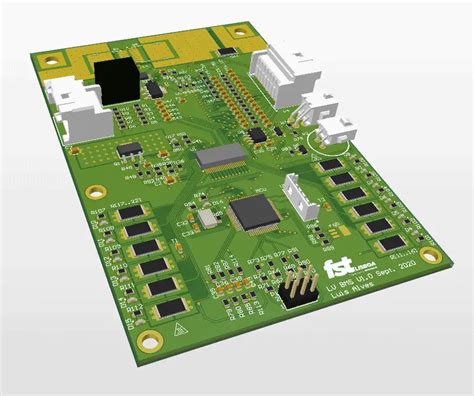 Read more: PCB Prototype Manufacturing Process
Read more: PCB Prototype Manufacturing ProcessWhat is PCB Prototyping? PCB prototyping is the process of creating a small number of printed circuit boards for testing and validation purposes. These prototypes are used to verify the functionality, reliability, and manufacturability of the design before committing to large-scale production. PCB prototyping enables engineers to identify and resolve […]
-
 Read more: What is a Blank Printed Circuit Board and How to Make It
Read more: What is a Blank Printed Circuit Board and How to Make ItIntroduction to Blank PCBs A Blank PCB, also known as a bare circuit board, is a printed circuit board without any components soldered onto it. It is the foundation upon which electronic devices are built, providing the necessary electrical connections and mechanical support for various components such as resistors, capacitors, […]
-
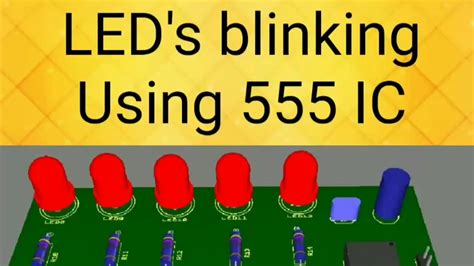 Read more: Ultimate Guide to LED PCB Assembly and Defect Analysis
Read more: Ultimate Guide to LED PCB Assembly and Defect AnalysisIntroduction to LED PCB Assembly Light-emitting diode (LED) printed circuit boards (PCBs) have revolutionized the lighting industry with their energy efficiency, durability, and versatility. As the demand for LED lighting solutions continues to grow, manufacturers must ensure that their LED PCB Assembly processes are optimized for quality and efficiency. This […]
-
PCB History and Development
Posted by
–
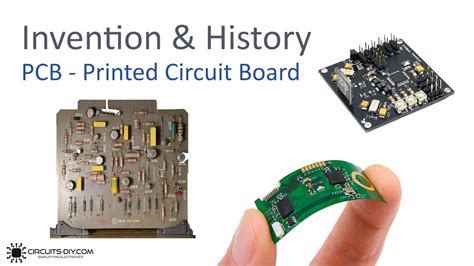 Read more: PCB History and Development
Read more: PCB History and DevelopmentThe Evolution of Printed Circuit Boards From Humble Beginnings to Modern Marvels Printed Circuit Boards (PCBs) have revolutionized the electronics industry since their inception in the early 20th century. The evolution of PCBs has been a remarkable journey, driven by the ever-increasing demand for smaller, faster, and more efficient electronic […]
